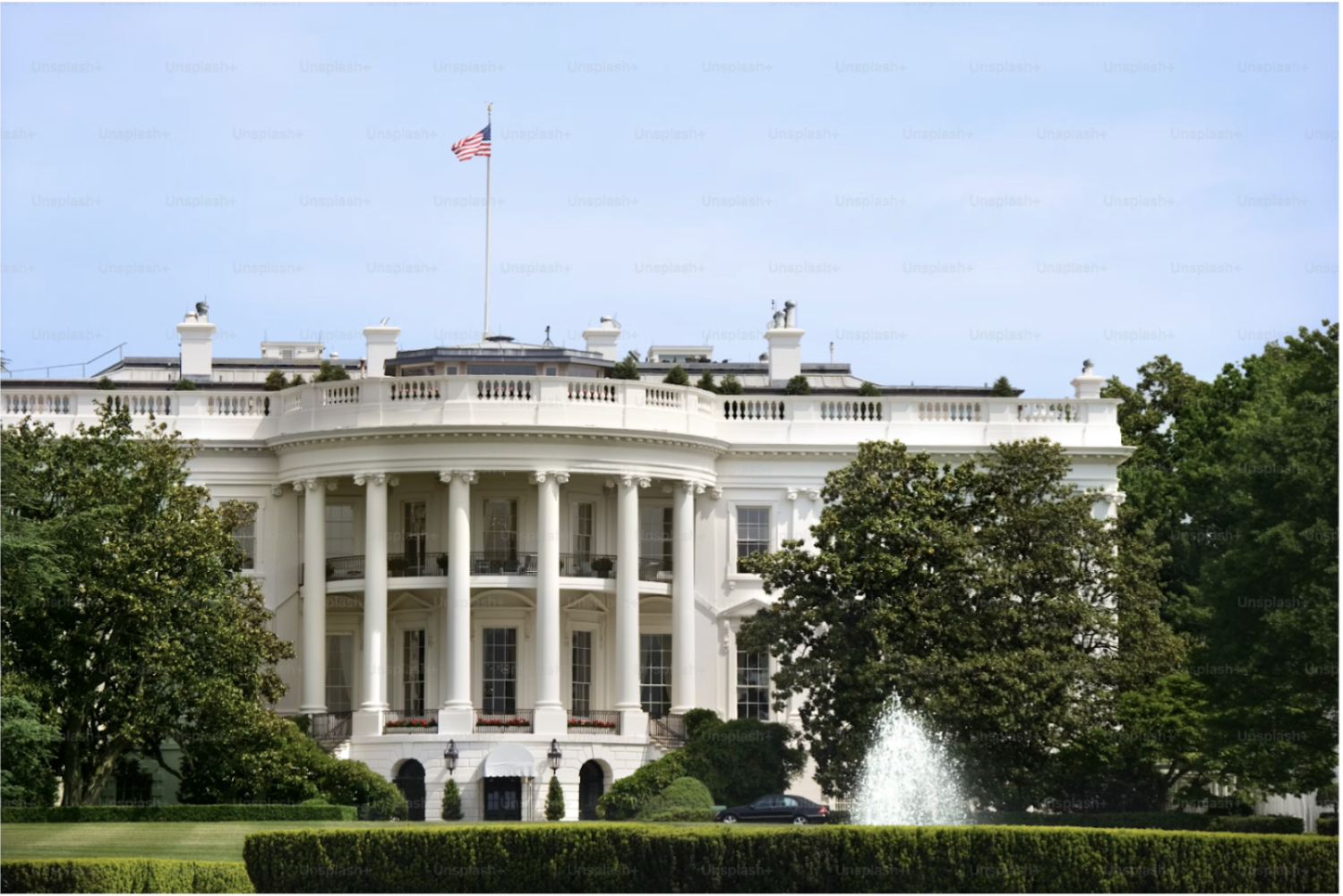A total of 59 presidential elections have occurred in American history. Yet only one woman has even clinched the nomination of a major party, let alone won the popular vote in an election.
Out of the thousands of potential female candidates across the years, only 24 women have run for president. Although Kamala Harris paved the way after her election as the first female Vice President in 2020, getting a woman into the nation’s top office is a goal yet to be accomplished for American female leadership.
Not only has a woman not yet assumed the nation’s highest office, we have barely had the chance to get there. This disparity is not an issue of competence, as some members of the far-right routinely assert. In terms of capability and qualifications, the majority of the general public believes that women are qualified for the American presidency, and 73% of Americans anticipate a female presidency at some point during their lives. Rather, the gap is attitudinal and influenced by gendered biases. By examining the well-loved characteristics of past male presidents, exploring public biases, and recalling the success of women in leadership, we can gain insight into how to overcome these biases and hopefully turn many little girls’ presidential dreams into reality.
Generally speaking, two invaluable skill sets for a successful presidential candidate are economic acumen and strength on issues of security. These two skills are closely tied to “agentic” characteristics. Agentic traits consist of the ability to dominate, be assertive, and be confident. People with such qualities tend to be placed in leadership positions; however, these traits are stereotypically associated with men, not women.
A presentation made at the annual meeting of the American Psychological Association titled “What Makes a Good President?” displayed that stubbornness and disagreeability are favored traits, but vulnerability and straightforwardness are not. Of all the men that have made it to the Oval Office, few can attribute their success to being “warm” — however, lack of warmth is precisely what was used to critique female candidates in the 2020 Democratic primary. Therefore, one may think that the trick to electing women lies in selecting female candidates with more male-associated leadership traits. What if a woman were to stand up and run for president as an experienced and unapologetically confident candidate?
Hillary Clinton did so during her 2016 presidential campaign against former President Donald Trump. Clinton centered her campaign on being a “strong leader capable of advancing the American economy” with decades-worth of experience in American politics. Contrarily, Trump played off as a “socially dominant” natural, despite his considerably non-political background. Based on what Americans believe makes a good president, Clinton should have clinched the title of president-elect. Instead, she was publicly perceived as dishonest, “crooked,” and a “militant feminist” whose image people did not enjoy.
Beginning to understand Clinton’s lack of presidential success requires grasping two processes. The first of these resides in human nature; specifically, in our tendency to gravitate toward people to whom things seemingly come easy. This is a phenomenon known as “naturalness bias,” and there exist studies across disciplines that substantiate this social fact. Employers are biased to hire those who grasp new concepts easily, and this bias is shown to begin as early as childhood. What’s more, men often have the privilege of others assuming they naturally possess leadership qualities. With respect to Clinton’s campaign, Trump’s unabashed confidence in his leadership caused Clinton’s confidence to appear contrived, and thus backfire with American voters.
The second process that worked against Clinton was intimidation. Men simply are not used to powerful women. Since men have dominated leadership spaces within almost every discipline, they are often jarred to see women take their historic place. The same agentic traits that help a male leader to flourish are then used to demean powerful women; they are claimed to be “violating prescriptions of feminine niceness,” hence some American pundits publicly labeling Clinton as “bossy.”
Despite encountering pervasive obstacles, women are no less powerful, capable, dominant, or assertive than men while in leadership. Take Jacinda Ardern, a former Prime Minister of New Zealand, whose rapid gun control response to an anti-Muslim terrorist attack and remarkably successful management of COVID-19 rocked the world. Or turn to Angela Merkel, a previous chancellor of Germany, who served as a leader in the EU in the wake of the 2008 financial crisis. Today, she is often described as having “[saved] the European currency.”
These are just two examples among many. Even though few women have served at the highest level of political leadership, each and every female leader’s impact warrants global attention, just as the leadership of their male counterparts has.
Ardern, Merkel, and other female leaders signify that powerful nations do not need male leadership as desperately as the world claims. While leadership tends to be equated with the agentic traits stereotypically associated with men, the emotional and people-oriented capacities that are stereotypically associated with women also contribute to successful leadership. Who’s to say that we, as women, don’t have both?
When evaluating female candidates this election year, remember to confront your internalized gender biases. What about the candidates, policies aside, is drawing you away? Consider the assumptions underlying your perception, and attempt to work through them. Additionally, consider volunteering with organizations that empower female political participation, such as Register Her and Women Uprising.
If every American woman is encouraged to acknowledge her leadership power and potential, the next 59 presidential elections may see far more success for future generations of American women.
Correction (May 7, 2024): An earlier version of the article incorrectly referred to “What Makes a Good President?” as a report by the American Psychological Association. This was a presentation made at the end of the APA’s annual meeting, not a report.



